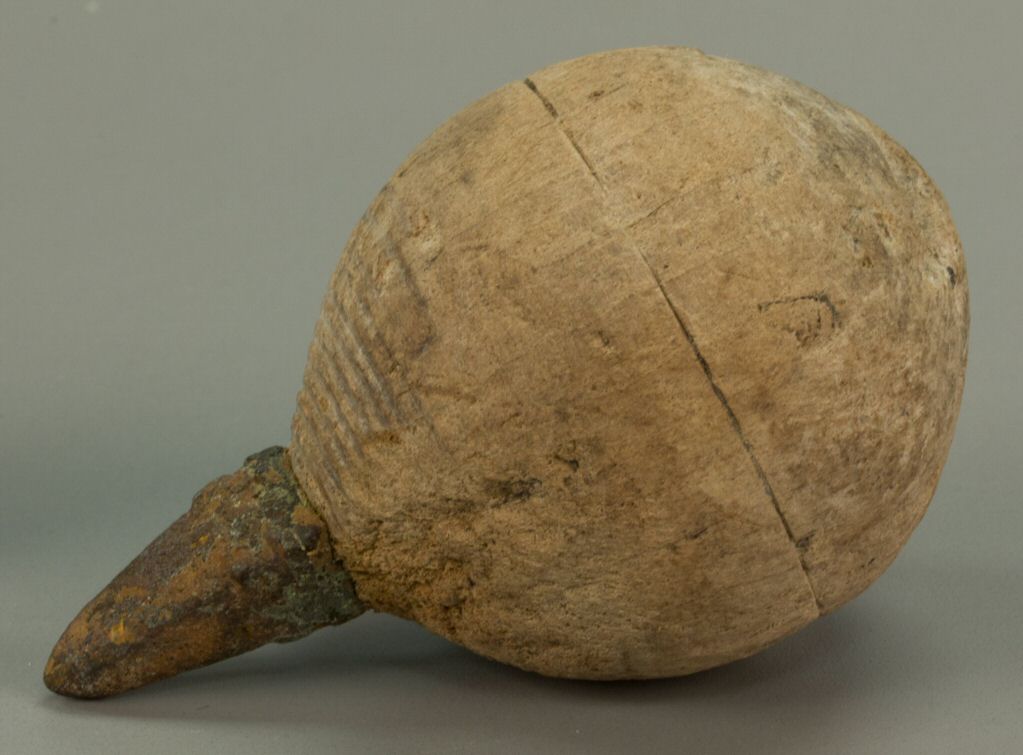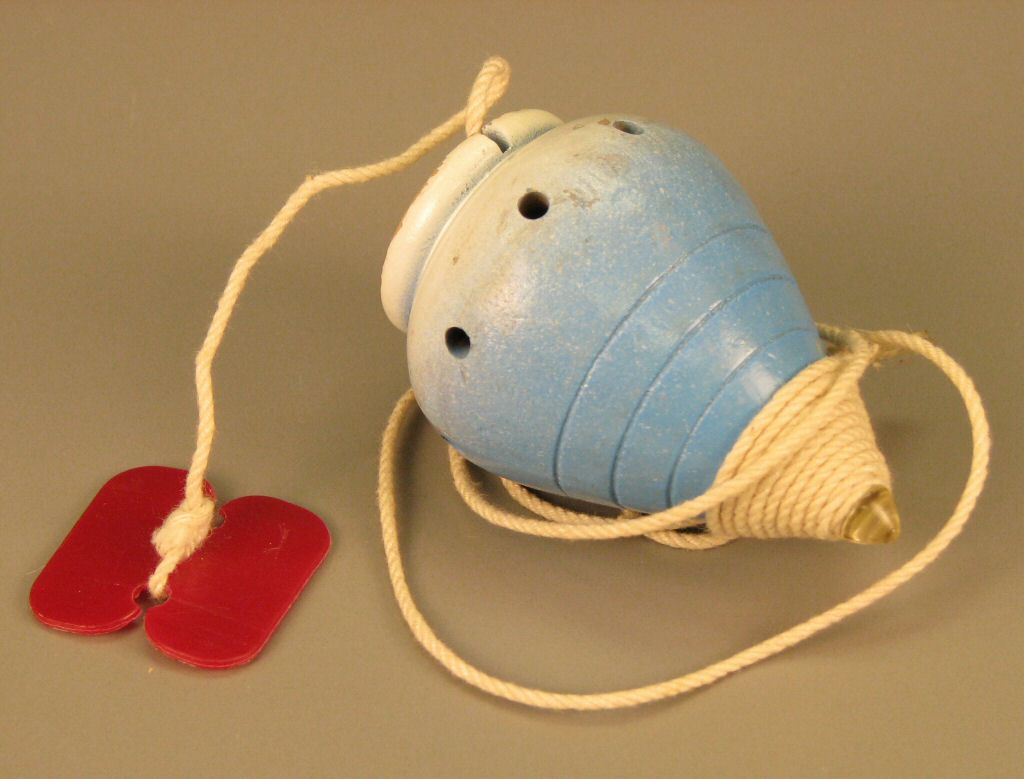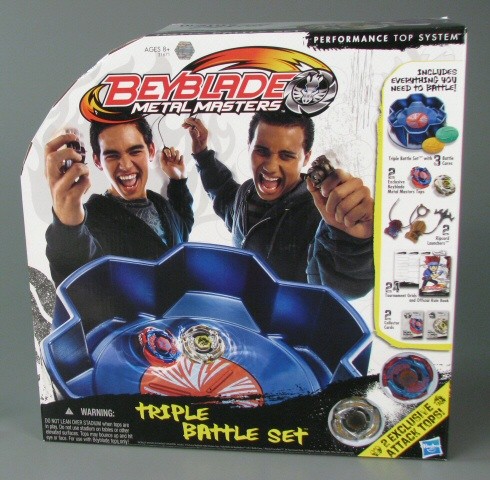On November 10, 2022, the top was inducted into the National Toy Hall of Fame along with Lite-Brite and Masters of the Universe. In the runup to the induction, the primary comment I heard about the top ran along the lines of, “What?! You mean the top isn’t already in the Hall of Fame?” That reaction underscores just how universal and timeless the top feels even to people in our highly technological era. It’s definitely a toy with a lengthy history, along with other inductees like kites, marbles, jacks, and dominoes—not to mention even more basic playthings like balls and sticks.

Looking back at the history of the top, ancient peoples of Greece and Rome amused themselves with toys resembling the spinning tops we know today. Archaeologists have found 5,000-year-old clay tops in Iraq, 3,000-year-old whip tops in China, and depictions of tops on ancient Greek pottery. Native peoples of the Americas played with tops too, prior any encounters with Europeans in the 15th and 16th centuries.
Over the years, top makers—youngsters and adults—have formed their tops using clay, metal, stone, wood, and, later, rubber, tin, and plastics. Modern companies make tops with neoprene edges that avoid damage to the top and string. Shapes and types of tops also vary, leading to the different ways in which the tops are used and to the different skills needed to win spinning competitions. Gamblers and bettors used carved wooden tops with four or eight sides, called teetotums, in games of chance. Jewish children use a specialized teetotum, a dreidel, in games played during Chanukah.

Playing with a top is an exercise in physics. A player twirls a top with a short stem, such as a teetotum, between two fingers, which sends the toy off for some distance and duration. A player with a top that has a long stem, however, uses her palms to twirl the stem which, when she lets loose, spins the top much longer and farther. Toy innovators of long ago realized that whip tops—tops kept spinning with the well-placed strike of a whip—could be spun indefinitely, made to travel a well-marked distance, or manipulated to knock out other tops in a competition. Peg tops, on the other hand, spin when the string wound around the top’s body is pulled away, sending the top spinning on its own. Modern pump tops made of tin, metal, or plastic invite surface decorations that deliver a variety of illusions not evident when the top is at rest. These optical illusions as well as the spin of the top itself are what mesmerizes us and encourages us to spin the toy over and over again.
In 19th- and early 20th-century cities, spinning competitions with tops occurred on the streets and in parks with the spontaneity of a current-day sandlot ball game or a pick-up game of hoops. Most boys had tops, all knew the rules, and many mastered the twist of the wrist that whipped the top just so to assure victory over their opponents.

Tops have been represented in popular culture throughout the years, too. Around 1920, Franz Kafka published his short story “The Top,” in which the toy shapes the structure and theme of the piece. The Human Top was introduced in the 1963 comic “Giant-Man and the Wonderful Wasp Battle the Unbeatable Human Top.” In his 2010 film, Inception, director Christopher Nolan used a top to symbolize dreams and obsessions. The Japanese toy company Takara Tomy developed a modern twist on the classic top with its release of the Beyblades toy line in 2000. These battling tops first appeared in conjunction with the broadcast of a TV anime series called BeyBlades. In the United States, Hasbro distributed Beyblades tops. Variations in colors, materials, styles, and function (attack, defense, combination, or endurance) make playing with Beyblades sophisticated enough to hold the interest of kids raised on video games and social media.
Grownups who miss the fun and visual pleasure of the tops from their childhood can turn to luxury firms that produce high end metal tops to use and display. A recent ad in the Wall Street Journal led me to a firm that’s producing beautifully machined tops in an A to Z of materials, everything from aluminum ($39 each) to zirconium ($96 each). Or for the truly motivated top fancier, you can buy one with multiple layers of forged titanium for a mere $248. If you’re a luxury bargain hunter, there’s even a package deal for all 23 tops, four docks, and one spinning base—all for the low-low price of $1,746.
Even if you’re not inclined to splurge, maybe the induction of the top into the National Toy Hall of Fame will inspire you to rediscover the joys of this timeless toy. Get ready and take one for a spin!


